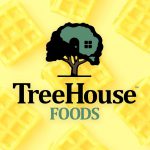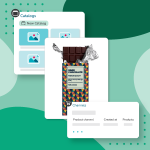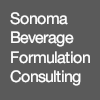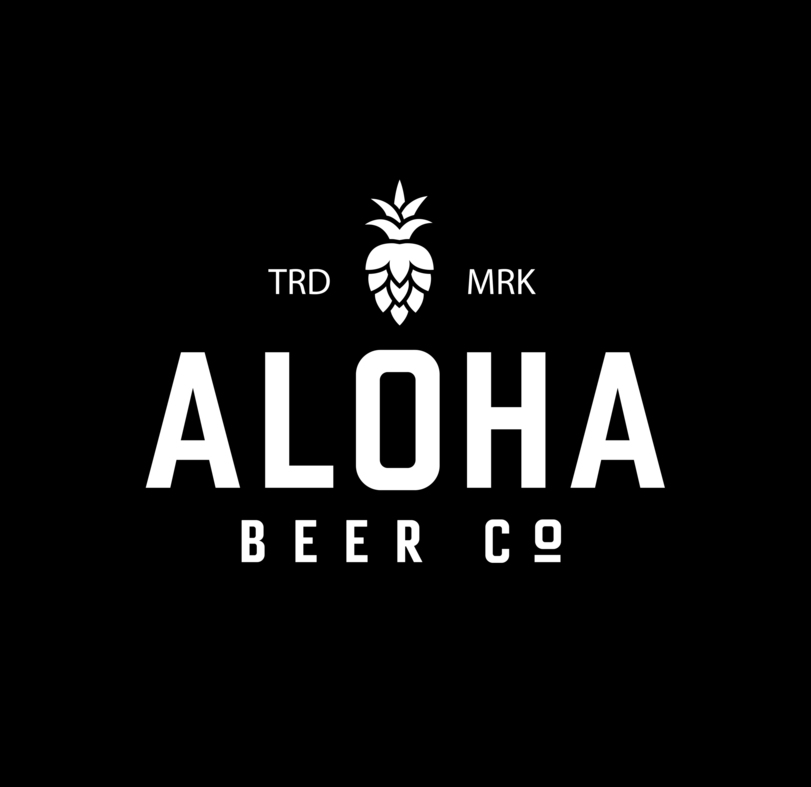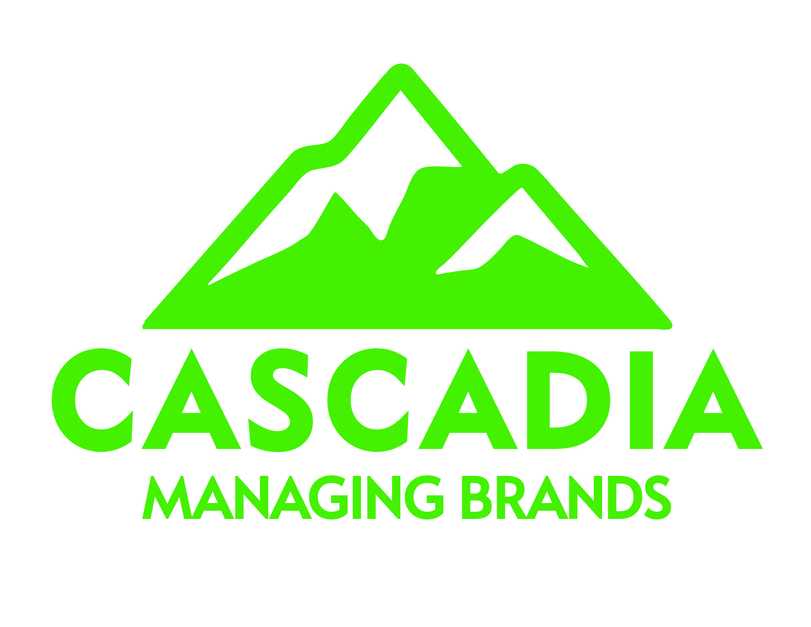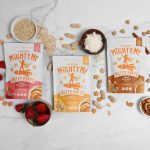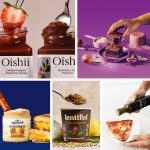Blue Apron Cooks Up Investments To Build Subscribers At First-Ever Investor Day

Despite missing earnings by $38.4 million, Blue Apron is confident that a significant investment in brand awareness will expand its reach to new customers. During its first-ever Investor Day presentation on Tuesday, the meal kit company laid out its marketing strategy that will tap consumers interested at-home dining options
The New York-based company has endured a turbulent period within the meal kit category: pre-pandemic, the space had become overcrowded, but after a boom in customers in Q2 2020, Blue Apron’s business is normalizing, Blue Apron’s President and CEO Linda Findley said this week. In an effort to boost subscribership, the company announced new marketing investments, expanded brand partnerships, and increased customer choice through subscription add-ons as part of an overall growth strategy that will also focus on developing its heat-and-eat products and retail sales without a subscription model.
Blue Apron reported revenue decreased by approximately 9% year-over-year to $117.8 million; yet, showed a 16% increase from the same quarter 2020. In Q1, there were 360,000 subscribers, about 10,000 less than during the same period in 2020. Average revenue per customer was $321, about 16% higher than pre-pandemic Q1 2020.
“Our focus in 2022 is on scaling the business and driving customer growth,” Findley said in the Monday earnings call. “Our marketing team is focused on rebuilding our marketing infrastructure with the aim of building a modern and robust foundation for long-term and sustainable growth.”
Operating expenses were $156 million, over 12% higher than the same period last year. About $21 million of that was spent on building brand awareness in Q4 2021, while marketing expenses increased 40% from Q1 2021, reaching $28 million.
The renewed marketing push that launched April 11 is the first major national brand campaign since 2018.
According to Dani Simpson, Chief Marketing Officer at Blue Apron, the company has an opportunity to capture new customers, as over 50% of U.S. consumers have still not tried a meal-kit program. The company reported a 2.2% year-over-year increase in paid customer conversion with total registrations up 26.8%.
The company has already collaborated with companies like Disney, Amazon, T Mobile and American Express in an effort to boost subscribership. Blue Apron hopes a new partnership with Planet Fitness and the launch of a Walmart’s website digital storefront where consumers will be able to buy one-off Blue Apron boxes without a subscription. The partnership comes as other meal kit providers such as Hello Fresh have tried to reduce the friction of the meal kit subscription model by turning to on-demand delivery services such as Instacart.
“(Brand awareness) tends to be the most expensive portion of our spend since we need to target a wide subset of the population to drive awareness and attention,” she said.
Cultivating repeat customers is key to Blue Apron’s business model. A repeat customer generates about twice as much revenue on a quarterly basis as a new customer, according to Randy Greben, Blue Apron’s Chief Financial Officer. The company is targeting 500,000 customers by 2024 and a 2% increase in profitability.
Across the industry, meal kit companies have struggled with new customers signing up as part of promotional deals and then churning to a new service once the lower pricing ends.
Blue Apron is expecting to have about $80 million in cash on hand later this year to push these initiatives forward, thanks in part to a restructuring of debt and a $40.5 million equity raise. Over half of that amount has already closed with the remaining $20 million coming from private placement by the end of this month.

The meal-kit company is also responding to consumer feedback by expanding its options, including offering more add-ons to its traditional subscriptions. John Adler, head of culinary at Blue Apron, said that 35% of existing subscribers expressed interest in new breakfast options in a recent poll. The company has seen growth in its wine program and is expanding into sparkling wine.
Additionally, Blue Apron will begin to offer nine weekly selection choices to families per week with additional larger format, four-serving options.
Blue Apron is not immune to inflation and the rising cost of goods. Findley reported that they have compensated with a per-serving price increase for meal kit and wine products.
“We are somewhat insulated from rising food costs due to the unique nature of our supply chain as almost 80% of our supplier relationships are direct to the producer,” Findley said in the Monday earnings call. “We believe that there is a real and growing argument to be made that meal kits can be more economically viable option in grocery shopping.”


